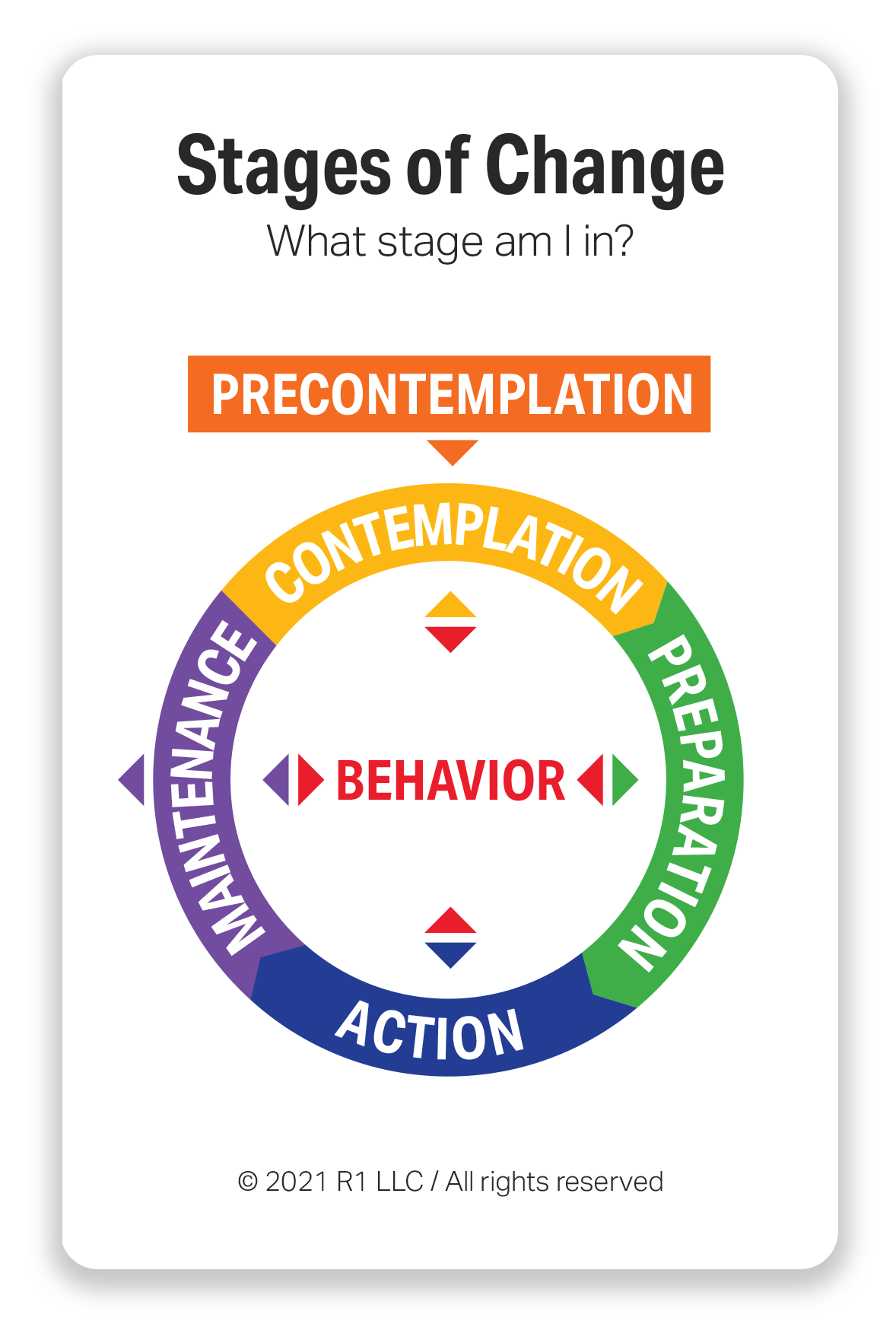The 5 Stages Of Successful Change And What They Mean To You
Change is rarely a single moment in time. It has stages and processes and occurs over time. This article delight brings you The 5 Stages Of Successful Change And What They Mean To You, originally developed in the 1970s by researchers to better understand how smokers might give up their addiction to cigarettes As you progress through your own stages of change, it can be helpful to re-evaluate your progress in moving up and down through these stages. The 5 stage of change model also know as Transtheoretical Model helps an individual to act on new and healthier behaviors and develop them through strategies over the stages of change.
History Behind The 5 Stages Of Successful Change
One of the best-known approaches to change is the Stages of Change or Transtheoretical Model, introduced in the late 1970s by researchers James Prochaska and Carlo DiClemente. They were studying ways to help people quit smoking. People who struggle with smoking, alcoholism or other forms of addiction often have the most difficult time changing their behaviors. Prochaska and DiClemente wanted to know more about change, so they could better motivate their clients and help them make a change.
What they discovered is that people typically go through The 5 Stages Of Change as they work to overcome addiction or other problem behaviors. They found that people who have successfully made positive change in their lives go through five specific stages: Precontemplation, Contemplation, Preparation, Action, and Maintenance.
Find the research studies here : https://psycnet.apa.org/record/1998-06419-001
What Are The 5 Stages Of Successful Change And What They Mean To You
Here’s a detailed look at the 5 stages of change and what they mean to you, so that you move through them with the understanding that a successful change often requires a gradual progression of small steps toward a goal.
Stage 1: Precontemplation
Just as the name implies, someone in the pre-contemplation stage is not yet really thinking about change. Often, this is because they do not even realize they have a problem. During this stage, though others may realize there is a problem. However, the person may not agree. They may even believe that others are exaggerating the situation or worried about nothing. People in this stage are often described as “in denial,” because they claim that their behavior is not a problem.
Stage 2: Contemplation
During this stage, people become more and more aware of the potential benefits of making a change. But the costs tend to stand out even more. This conflict creates a strong sense of ambivalence about changing. Because of this uncertainty, the contemplation stage of change can linger for a longer period. There is thought and consideration, but no clear decision or commitment to change.
Stage 3: Preparation
At this point, people are aware they have a problem that they need and want to change. As the name suggests, by now, they are determined to make a change. The Preparation stage can be considered the information gathering and planning stage. The preparation stage is the most important. Fifty percent of the people who attempt behavior change and skip this stage will relapse within 21 days, according to Prochaska in his book, Changing for Good.
Stage 4: Action
After committing to change and preparing for it, in the action stage, people start to take steps to make a change actively. Others in their life will become more aware, and some may be able to help by supporting the change. During the action stage, one implements the plans developed and information gathered in the preparation stage. An individuals modify their behavior, experiences, or environment in order to overcome their problems.
Stage 5: Maintenance
A few weeks of change is not enough to ensure things will stay that way. The changes need to remain and how they will sustain over the long-term. So, during the maintenance stage, the goal is to maintain the changes that were made. People work to prevent relapse and consolidate the gains attained during action. If you do falter, don’t be too hard on yourself or give up. Instead, remind yourself that it was just a minor setback. Relapses are common and are a part of the process of making a lifelong change.
Final Takeaway | The 5 Stages Of Successful Change
A change usually involves a substantial commitment of time, effort, and emotion. Whether you want to lose weight, stop smoking, or accomplish another goal, there is no single solution that works for everyone. But understanding the 5 stages of successful change, and ways to work through each stage can make your journey a little easier. It works because, these often requires a gradual progression of small steps toward a goal, instead of making a major change and make it to stick, which is comparatively burdensome.
Read also : Any Child Can Give You These 3 Life-Lessons | Motivation From Kids ( https://thebrightdelights.com/any-child-can-give-you-these-3-life-lessons-motivation-from-kids/ )
